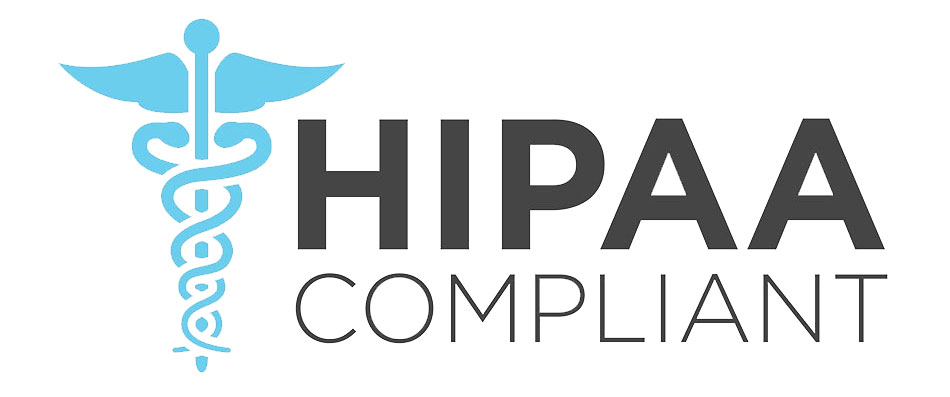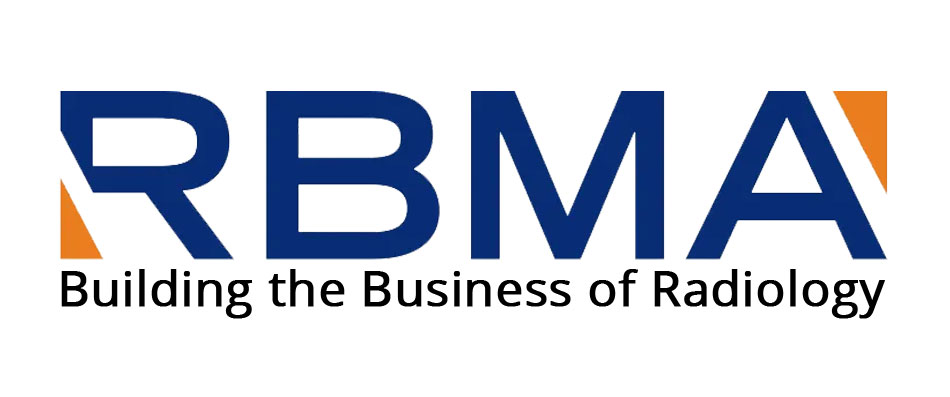ICD-10, which stands for the 10th version of the International Classification of Diseases, has been universally accepted as the standard way to code and categorize diseases. Its adoption in the USA was effective in October 2015, replacing ICD-9, which had been in use since the 1970s, due to its inadequacy. Transitioning to the new coding system resulted in approximately 68,000 codes, compared to around 13,000 in ICD-9.
This made it possible to capture much greater details of patient diagnosis, treatment, and many other related practices during documentation. Coding has advanced and is of significance in healthcare as practices and businesses seek operational efficiencies in services rendered for billing as well as public health surveillance reporting.
However, when considering the classification of mental health disorders, it's important to understand the distinctions between the ICD vs DSM systems, as both serve different purposes in clinical settings.
However, when considering the classification of mental health disorders, it's important to understand the distinctions between the ICD vs DSM systems, as both serve different purposes in clinical settings.
Importance of ICD-10 Implementation
ICD-10 is a must-know for any medical practice, whether they take care of medical billing internally or choose to outsource healthcare services. Leading clinical credit organizations point out that there is seldom an extensive comprehensive coding structure like this one.
The uniqueness of ICD-10 codes leads to improved clinical documentation, better patient care, and quicker billing cycles. Without such a technology-driven coding system, healthcare providers are bound to record errors in patient records, which may be detrimental to patient well-being and profitability.
-
Benefit 1 - Better Attention to Details
Coding Structure
The ICD-10 provides a more complex set of codes that enable providers to explain conditions in more detail and accurately. For example, it incorporates codes that specify the location of fractures (such as the distinction between right and left wrist fractures), and even the type of the fracture (e.g., open, closed). Such a comprehensive diagnosis is vital in ensuring proper diagnosis and subsequent planning of treatment.
Relation between Diagnosis and Treatment
As noted, the greater the detail concerning the individual’s health, the easier it is to accurately diagnose them and determine treatment. When providers document with ICD-10 codes accurately, treatment plans can be customized to individual needs.
For instance, a doctor would want to know what type of diabetes the patient has: Is it Type 1 diabetes or Type 2 diabetes? This knowledge will guide the management strategy according to the metabolic needs of each type.
In addition, accurate coding reduces the chances of misdiagnosis, which poses risks to patient safety and treatment. Accurate patient health status communication among care team members is facilitated by ICD-10.
-
Benefit 2 - Enhanced Patient Care
Improvement in Clinical Decision-Making with Better Data
The extensive coding structure of ICD-10 permits healthcare providers to maintain complex health records of patients. This body of knowledge allows for the tailoring of treatment approaches to individual patients by formulating effective and efficient treatment plans.
For instance, if a patient’s cardiovascular disease is documented with ICD-10 codes, the patient’s care will be aimed at risk-specific preventive measures.
Studies Documenting the Impact on ICD-10 on Patient Outcome
A hospital that switched to ICD-10 reported better results as readmission rates dropped significantly because chronic diseases were more accurately tracked thanks to precise coding. Campaigns aimed at improving patient management became possible.
In one study, patients with chronic obstructive pulmonary disease (COPD) received specific follow-ups, leading to improved treatment plans and fewer hospital visits.
Moreover, the analysis of large population-based datasets using ICD-10 codes provides healthcare organizations with the ability to perform evaluations of patient outcomes over time, which continues to improve the quality of care.
-
Benefit 3 - Efficient Billing and Quick Reimbursements
Lower Incidence of Errors in the Billing Process
The specificity of ICD-10 codes addresses billing errors by ensuring that claims submitted accurately reflect services performed. This decreases potential claim rejections due to uncertainty in diagnoses. For example, if an appropriate code is not submitted for a specific procedure for a patient with several comorbid conditions, such procedures are likely to be rejected due to a lack of appropriate documentation.
Shorter Reimbursement Cycle Times
With ICD-10, operating processes are more seamless, reducing the time taken to receive reimbursements considerably. Medical systems have fewer waiting periods for payments since the processing of claims has improved. ICD-10 codes are so detailed that claims require minimal manual reviews after automated processing.
Research has shown that ICD-10-friendly organizations experience 30% fewer claim denials, saving time and money in the long run. This efficiency enhances the cash flow of organizations and reduces the time healthcare providers spend on administrative tasks, allowing more time for patient care.
-
Benefit 4 - Improved Public Health Surveillance
Trustworthy Reporting and Tracking of Disease Incidence
ICD-10 enhances the tracking of disease trends and population health trends. Accurate data collection enables health authorities to respond adequately in case of disease outbreaks and efficiently coordinate health campaigns. For instance, during the COVID-19 pandemic, detailed coding helped health departments measure incidence rates considering specific cultural and spatial variables.
Use in Shaping Policy and Prevention Programs
This data informs the design of health policies and the development of prevention initiatives targeting populations. For instance, the use of specific ICD codes for diabetes has facilitated public health initiatives to modify lifestyle features and prevent diabetes. Further, such data helps public health organizations plan services, especially if a disease outbreak or vaccination is planned.
By using ICD data to correlate conditions with morbidity and mortality patterns, policymakers can formulate effective response plans relevant to community challenges.
-
Benefit 5 - Enhanced Global Partnerships
International Compliance
ICD-10 ensures that health institutions in different countries share the same terminology concerning health matters, promoting standardized disease classification. This standardization is essential for international collaborative research or health programs, allowing researchers from different backgrounds to code diseases using a common criterion.
Impact on Global Health Initiatives
Global health initiatives utilizing the ICD-10 system are advanced through cross-border collaborations. Efforts for controlling tropical diseases like malaria or tuberculosis depend on universal agreements for reporting diseases using ICD-10. Global agencies like the World Health Organization (WHO) use ICD-10 data to observe health trends and allocate resources to areas of concern.
-
Benefit 6 - Improved Clinical Research
Data Richness for Research
The specificity of ICD-10 allows for large population studies and focused collections of clinical data, including clinical outcomes and disease progression. Access to appropriate ICD-10 codes enables researchers to examine large populations and derive factual evidence to set standards for practice.
Advancements in Medical Research
This resource enables research programs targeting improvements in healthcare delivery and finding new treatment methods. For example, assessing cancer treatment outcomes using ICD-10 staging codes helps evaluate treatment across different racial groups.
Funding agencies often recognize strong data analytics capabilities. Access to comprehensive coding, like ICD-10, increases a healthcare institution's competitiveness for funding revolutionary endeavors.
-
Benefit 7 - Enhanced Resource Distribution
Resource Analysis
ICD-10 assists healthcare organizations in analyzing resources consumed in healthcare provision. Accurate diagnoses and condition coding assist in proper resource allocation. Hospitals can use coded diagnoses to determine high-utilization departments and adjust staffing and supplies accordingly.
Impact on Healthcare Management
Hospitals using ICD-10 coding report reduced surgical resource wastage by tracking procedures and outcomes properly. This analysis helps management predict demand for surgical procedures, aiding in scheduling and avoiding overcrowding, supported by ICD-10 codes.
Public health authorities can map disease patterns and initiate plans targeting high-burden areas, requiring more funding or resources to improve local and national health.
-
Benefit 8 - Encouragement of Advances in Health Information Technology
Electronic Health Records (EHRs) Connect
ICD-10 creates synergies with EHR systems through improved data-sharing capabilities. This linkage ensures patient information is reliably synthesized and recorded across platforms, enhancing care provided by different providers at different times.
Fostering Change in Healthcare IT
ICD-10 data offers a foundation for designing health IT tools for predictive analytics and improved patient care models. For example, machine learning algorithms analyze ICD-10 data characteristics to identify risk factors for future complications or hospital readmissions.
With the rise of telemedicine post-pandemic and its integration with EHRs using ICD-10, providing care while ensuring required record availability for reimbursement becomes easier.
The Conclusion
In conclusion, this paper documents how ICD-10 implementation brings positive changes across healthcare provision areas, from improving patient care with detailed documentation to enhancing billing systems and public health promotion. The adoption of ICD-10 is a significant step for organizations aiming to provide top-class services. Continuous ICD standards development will advance global healthcare systems. The expected ICD-11 requires healthcare systems to be flexible and adapt practices to updates. Healthcare organizations should embrace the change to ICD-10 as an opportunity to reap long-term benefits, improving care quality and operational efficiencies across the continuum of care.
Our Related Services
Contact UsOur Customers





Key Differentiators
AHIMA Healthcare Convention 2016

USA
Flatworld Solutions
116 Village Blvd, Suite 200, Princeton, NJ 08540
PHILIPPINES
Aeon Towers, J.P. Laurel Avenue, Bajada, Davao 8000
KSS Building, Buhangin Road Cor Olive Street, Davao City 8000


















